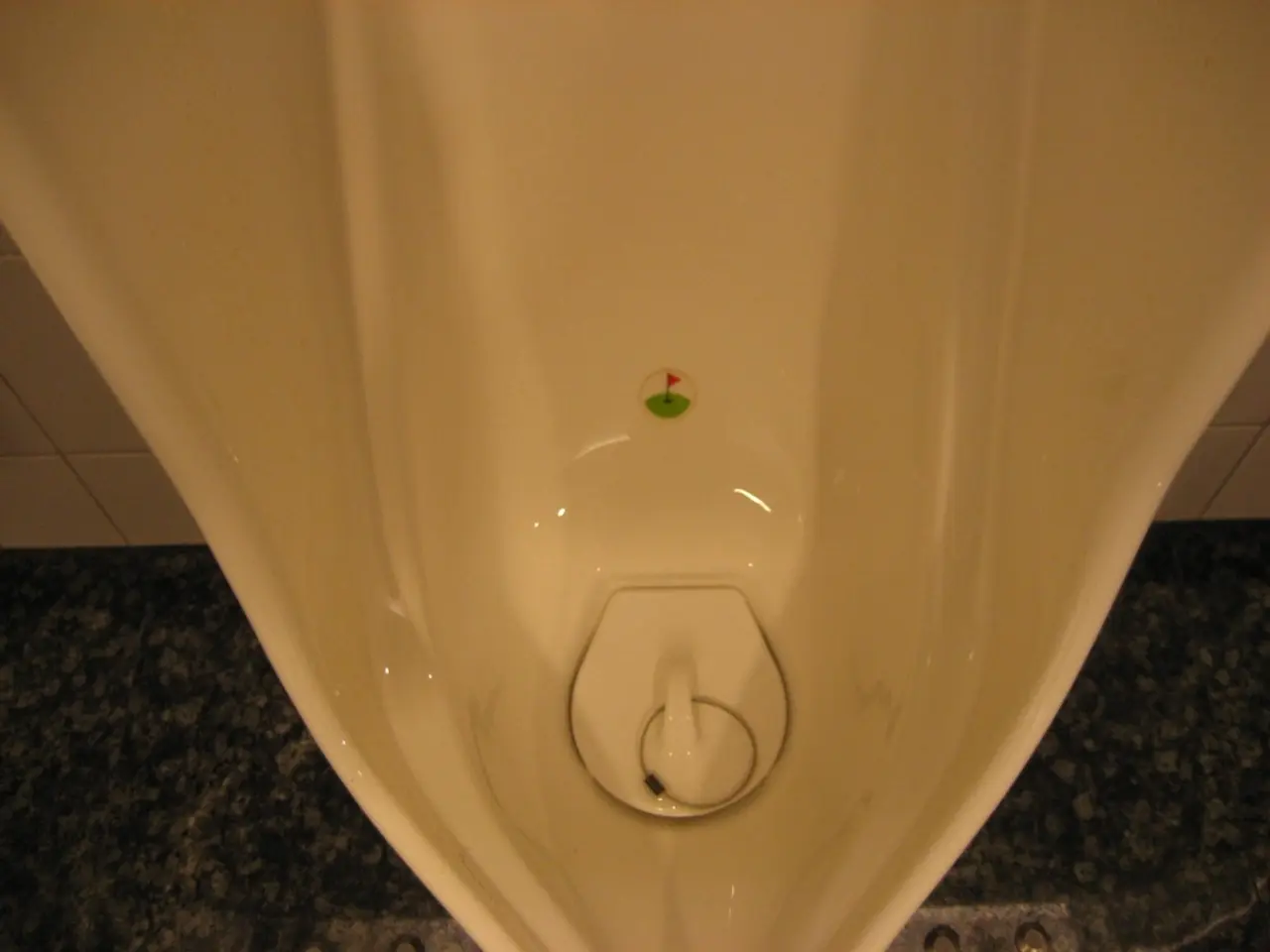Is spontaneous toileting a health advantage or disadvantage?
In a bid to maintain bladder control, many people have been encouraged to use the bathroom "just in case", a practice known as proactive or convenience voiding. However, breaking this habit could lead to improved bladder health and reduced strain on pelvic muscles. Here's how and why:
### Breaking the Habit: Techniques and Benefits
To break the habit of proactive voiding, mindfulness and behavioural techniques can be employed. These include deep breathing, distraction, or self-statements like "I’m in control". Small studies suggest that mindfulness can reduce sudden, intense urges to pee.
Another approach is timed voiding. Instead of going "just in case", aim to urinate on a schedule every 2–4 hours during the day. This helps train your bladder to hold urine longer and establish normal urinary habits.
Relaxation during voiding is also crucial. When you do urinate, take your time. Lean slightly forward, breathe out fully, and try to relax pelvic floor muscles to completely empty your bladder.
### Potential Effects on Bladder Health
Proactive voiding can have several negative effects on bladder health. Urinating without need can strain the pelvic floor muscles, which support the bladder. Over time, this can weaken these muscles and contribute to bladder control problems.
Habitual emptying "just in case" may also alter bladder sensation, increasing feelings of urgency or incomplete emptying. Poor toileting habits can lead to urge urinary incontinence and difficulty postponing urination.
Frequent voiding may encourage concentrated urine if fluid intake is reduced. Concentrated urine can irritate the bladder and potentially increase susceptibility to urinary tract infections (UTIs).
### The Importance of Mindfulness and Lifestyle Modifications
Training yourself to void only when you genuinely feel the urge, using mindfulness and scheduled bathroom breaks, can strengthen bladder control and pelvic floor health, while reducing the risks of bladder irritation, muscle strain, and urinary urgency.
Experts emphasize that lifestyle modifications like fluid management can also help reduce preventive bathroom breaks. Caffeine, alcohol, drinks with high acidity, and some artificial ingredients can irritate the bladder's lining and cause more frequent urges.
Conditions like diabetes or sleep apnoea can cause more frequent urges. Talking with a doctor about overall health is important in managing preventive bathroom breaks.
In summary, breaking the habit of proactive voiding can lead to a healthier bladder and stronger pelvic muscles. Mindfulness techniques, timed voiding, and relaxation during voiding are effective strategies to achieve this. It's also crucial to manage fluid intake and discuss any underlying health conditions with a doctor.
Employing mindfulness techniques and timed voiding can help break the habit of proactive voiding, potentially leading to improved bladder health due to reduced strain on pelvic muscles. Moreover, incorporating nutrition and maintaining a balanced diet can support overall bladder health, as certain foods or beverages may irritate the bladder.




